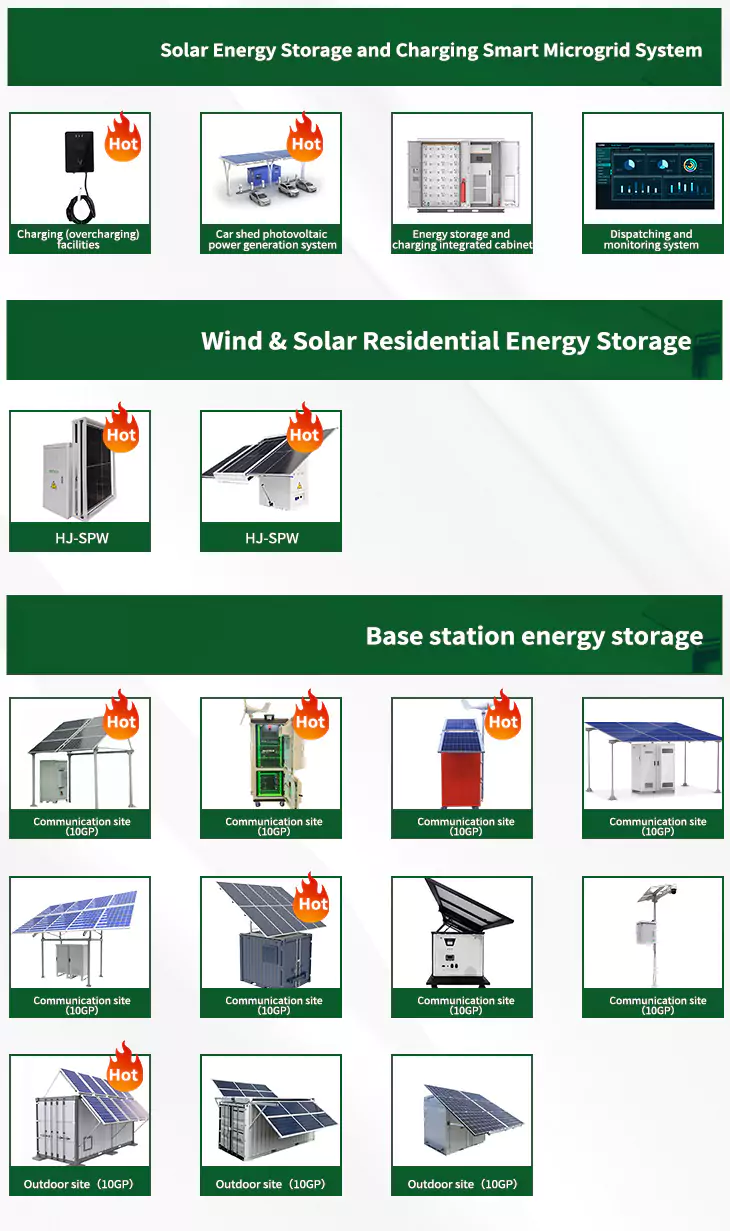About Photovoltaic agriculture vertical support
As the photovoltaic (PV) industry continues to evolve, advancements in Photovoltaic agriculture vertical support have become critical to optimizing the utilization of renewable energy sources. From innovative battery technologies to intelligent energy management systems, these solutions are transforming the way we store and distribute solar-generated electricity.
When you're looking for the latest and most efficient Photovoltaic agriculture vertical support for your PV project, our website offers a comprehensive selection of cutting-edge products designed to meet your specific requirements. Whether you're a renewable energy developer, utility company, or commercial enterprise looking to reduce your carbon footprint, we have the solutions to help you harness the full potential of solar energy.
By interacting with our online customer service, you'll gain a deep understanding of the various Photovoltaic agriculture vertical support featured in our extensive catalog, such as high-efficiency storage batteries and intelligent energy management systems, and how they work together to provide a stable and reliable power supply for your PV projects.
6 FAQs about [Photovoltaic agriculture vertical support]
Are solar photovoltaic systems suitable for agriculture?
Hence, solar photovoltaic (PV) systems can be flexible for agrivoltaic setups, so enabling renewable energy facilities to be compatible with a more efficient and sustainable agriculture model .
Can agrivoltaic systems increase the energy production of solar panels?
From a pure energy perspective, agrivoltaic systems can increase the electricity production of solar panels due to the microclimate (i.e., lower operating temperatures on the underside of the solar panels and thus higher efficiency) created by the growing crops and by the PV modules being installed at a greater height than ground-based PV systems.
How to design a photovoltaic panel for agriculture?
The design must consider crop type, spacing, height, PV panel orientation, and spacing [23, 73]. Coverage rate of PV panels: Huang et al. discuss the difficulties of determining photovoltaic panel coverage for agriculture . Different regions have different crops and environments, and solar panel material affects transparency.
Can bifacial PV modules optimise vertically mounted agrivoltaic systems?
Conclusions In this study, an optimisation algorithm for vertically mounted agrivoltaic systems using bifacial PV modules has been developed and applied to two different crops for a specific location in Sweden.
Can vertically mounted agrivoltaic systems improve crop yield?
The land close to the mounting structure that cannot be used for agriculture – in the order of 10% for vertically mounted agrivoltaic systems – can be used as habitat for pollinators and to increase biodiversity, with positive effects on crop yield productivity ( Dainese et al., 2019; Kleijn et al., 2019 ).
What is a vertical bifacial photovoltaic system?
August 2020 Vertical bifacial photovoltaic (PV) systems are double-sided solar cells in which the modules are not tilted as usual, but placed vertically. Due to their bifacial features, they can not only achieve higher specific energy yields and relieve the grid, but can also be used variably thanks to their specific orientation.
Related Contents
- Photovoltaic support factory wages
- Photovoltaic power station support maintenance
- MCC Steel Structure Photovoltaic Support Manufacturer
- Is it necessary to install a photovoltaic support system
- Photovoltaic support column top buckle cover
- Calculation of photovoltaic support layout
- Photovoltaic support pressure simulation
- Distributed photovoltaic support in courtyard
- Concrete pier for photovoltaic support
- Photovoltaic support medium voltage board installation specifications
- Photovoltaic support steel pile
- Photovoltaic support main beam secondary beam purlin


